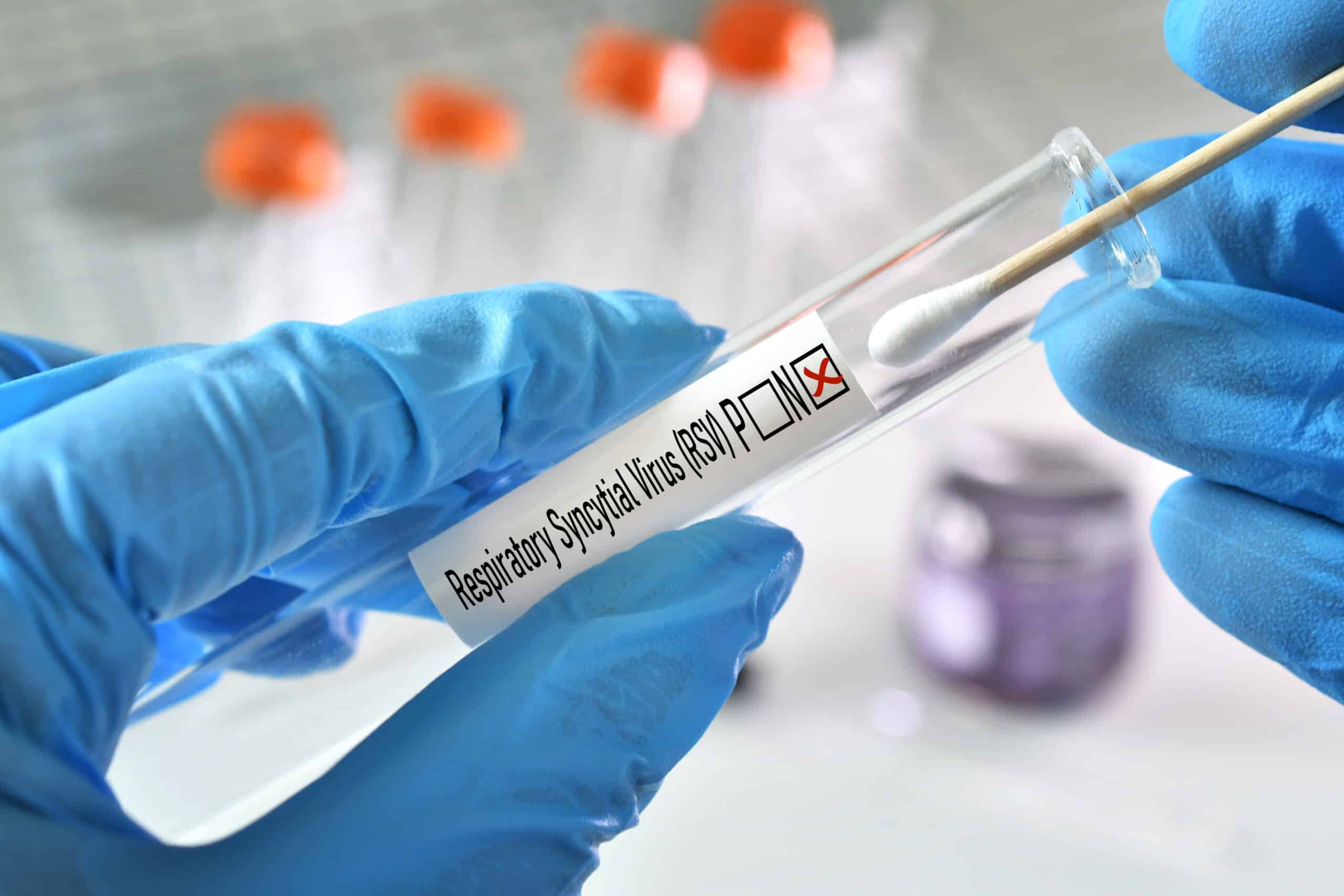Comprehensive testing for major respiratory viruses and bacteria

Respiratory infections are a common health concern that affects individuals across all age groups. These infections, which range from the common cold and flu to more severe respiratory illnesses, can significantly disrupt our daily lives. Recurrent respiratory infections can be particularly problematic, leading to missed school or work days and a decreased quality of life. In order to effectively treat and prevent these infections, it is crucial to identify the specific viruses and bacteria responsible for causing them. This is where comprehensive testing for major respiratory viruses and bacteria comes into play. This article will delve into the importance of comprehensive testing, the common respiratory viruses and bacteria, the methods of comprehensive testing, and the benefits of such testing.
The Importance of Comprehensive Testing
Comprehensive testing is a critical tool in the healthcare industry. It allows healthcare professionals to accurately diagnose the specific pathogens responsible for respiratory infections. This information is vital for determining the most appropriate treatment options and preventing the spread of these infections. By identifying the specific viruses and bacteria, healthcare providers can prescribe targeted antiviral or antibiotic medications, reducing the duration and severity of the illness. Furthermore, comprehensive testing can also help in tracking the prevalence and spread of these infections, enabling public health officials to implement effective prevention strategies.
Common Respiratory Viruses and Bacteria
There are several common respiratory viruses and bacteria that can cause frequent or recurrent infections. Understanding these pathogens is key to effective diagnosis and treatment. Some of the most prevalent ones include:
- Influenza virus: The flu is a highly contagious respiratory illness caused by the influenza virus. It can lead to severe symptoms and complications, especially in young children, older adults, and individuals with weakened immune systems. The flu is characterized by symptoms such as fever, cough, sore throat, runny or stuffy nose, muscle or body aches, headaches, and fatigue.
- Rhinovirus: Rhinoviruses are the most common cause of the common cold. They are responsible for a large percentage of respiratory infections, particularly during the colder months. Symptoms of a rhinovirus infection include runny nose, sore throat, cough, sneezing, and sometimes fever.
- Respiratory syncytial virus (RSV): RSV is a common virus that can cause mild to severe respiratory infections, especially in infants and young children. It is a leading cause of bronchiolitis and pneumonia in children under the age of one. Symptoms of RSV infection include runny nose, decrease in appetite, coughing, sneezing, fever, and wheezing.
- Streptococcus pneumoniae: This bacterium is a common cause of pneumonia, sinusitis, and ear infections. It can also lead to more serious conditions, such as meningitis and bloodstream infections. Symptoms can include high fever, cough with phlegm, shortness of breath, chest pain, stiff neck, confusion, and sensitivity to light.
- Haemophilus influenzae: Despite its name, Haemophilus influenzae is not related to the influenza virus. It is a bacterium that can cause respiratory infections, including pneumonia and bronchitis. Symptoms can include fever, cough, shortness of breath, and chest pain.
Comprehensive Testing Methods
There are several methods available for comprehensive testing of respiratory viruses and bacteria. These methods vary in their approach, but all aim to accurately identify the specific pathogens responsible for the infection. These include:
- Polymerase chain reaction (PCR): PCR is a highly sensitive and specific technique that can detect and identify the genetic material of viruses and bacteria. It can accurately diagnose respiratory infections and determine the specific pathogens responsible. PCR is often considered the gold standard for diagnosing many respiratory infections due to its high sensitivity and specificity.
- Viral culture: Viral culture involves growing the virus in a laboratory setting. This method allows for the identification and characterization of the virus, which can help guide treatment decisions. While this method can provide valuable information, it is generally slower and more labor-intensive than other methods.
- Serology: Serology involves testing for the presence of antibodies in the blood. It can be used to determine if an individual has been previously infected with a specific virus or bacterium. Serology tests can provide information about past infections, but they are not typically used for diagnosing current infections.
- Rapid antigen tests: Rapid antigen tests are commonly used for diagnosing respiratory infections, such as the flu. These tests can provide results within minutes, allowing for immediate treatment decisions. However, they may not be as sensitive or specific as other methods, such as PCR.
Benefits of Comprehensive Testing
Comprehensive testing for major respiratory viruses and bacteria offers several benefits. These benefits extend to patients, healthcare providers, and public health officials:
- Accurate diagnosis: By identifying the specific pathogens responsible for respiratory infections, healthcare providers can accurately diagnose the illness and provide appropriate treatment. This can lead to better patient outcomes and a more efficient use of healthcare resources.
- Targeted treatment: Knowing the specific viruses or bacteria allows for targeted treatment with antiviral or antibiotic medications. This can help reduce the duration and severity of the illness, leading to faster recovery times and less discomfort for patients.
- Prevention of spread: Comprehensive testing can help prevent the spread of respiratory infections by identifying infected individuals and implementing appropriate infection control measures. This can help protect vulnerable populations and reduce the overall burden of these infections on the community.
- Surveillance and monitoring: Comprehensive testing allows for surveillance and monitoring of respiratory viruses and bacteria. This information can help public health officials track the prevalence and spread of these infections, enabling them to implement effective prevention strategies. This can lead to better public health outcomes and a more effective response to outbreaks.
Conclusion
Comprehensive testing for major respiratory viruses and bacteria is essential for accurate diagnosis, targeted treatment, and prevention of the spread of these infections. By identifying the specific pathogens responsible, healthcare providers can provide appropriate treatment options and reduce the burden of respiratory illnesses on individuals and communities. It is important for individuals experiencing frequent or recurrent respiratory infections to consult with their healthcare providers and discuss the possibility of comprehensive testing. With the right testing and treatment, we can better manage these infections and improve the quality of life for those affected.
- »Learn more about using the Seegene Novaplex* and Allplex** Respiratory Panel Assays to improve your testing and surveillance efforts.
*Novaplex™ Assays are For Research Use Only. Not for Use in Diagnostic Procedures. **Allplex™ 2019-nCoV Assay is for Emergency Use Authorization. Seegene Sponsored Webinar: »Is it a Tripledemic? An Update on RSV/Flu/COVID-19 Testing and Patient Care(Opens in a new browser tab)
Contact Seegene:
- For any inquiries, please contact us by clicking this link
- To order Seegene respiratory testing kits, please fill out the form here and a product specialist will reach out to you. visit https://seegeneus.com/contact-us/pp_ri_requestmoreinformation/
Other Seegene Blog Posts
Take a look at our other blog posts here: Seegene Blog Posts
Other Resources
-
Current Best Practices for Respiratory Virus Testing - PMC
https://www.ncbi.nlm.nih.gov/pmc/articles/PMC3185851/ -
Respiratory Pathogens Panel: MedlinePlus Medical Test
https://medlineplus.gov/lab-tests/respiratory-pathogens-panel/ -
National Respiratory and Enteric Virus Surveillance System
https://www.cdc.gov/surveillance/nrevss/index.html -
Overview of Influenza Testing Methods
https://www.cdc.gov/flu/professionals/diagnosis/overview-testing-methods.htm -
Making Sense of Respiratory Viral Panel Results
https://asm.org/articles/2020/march/making-sense-of-respiratory-viral-panel-result

